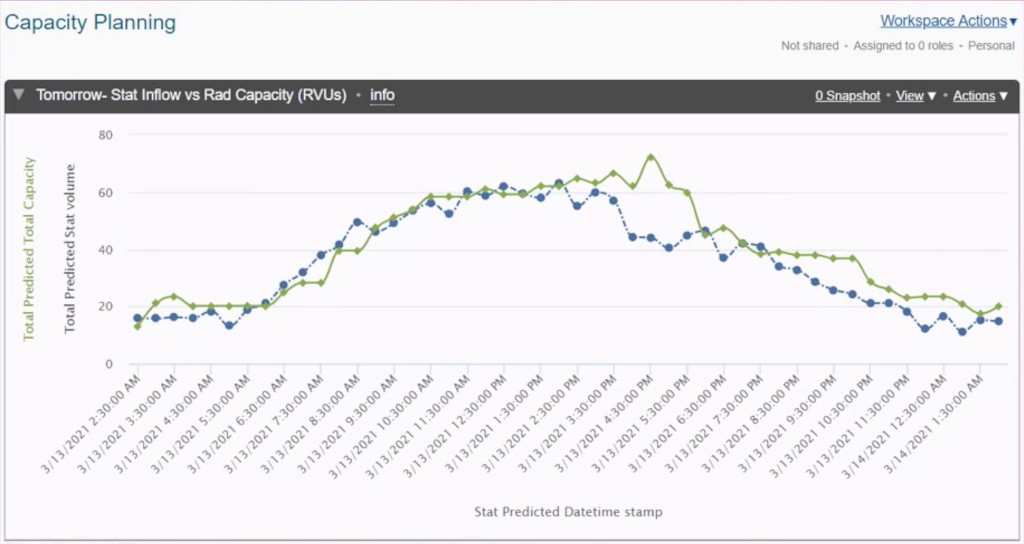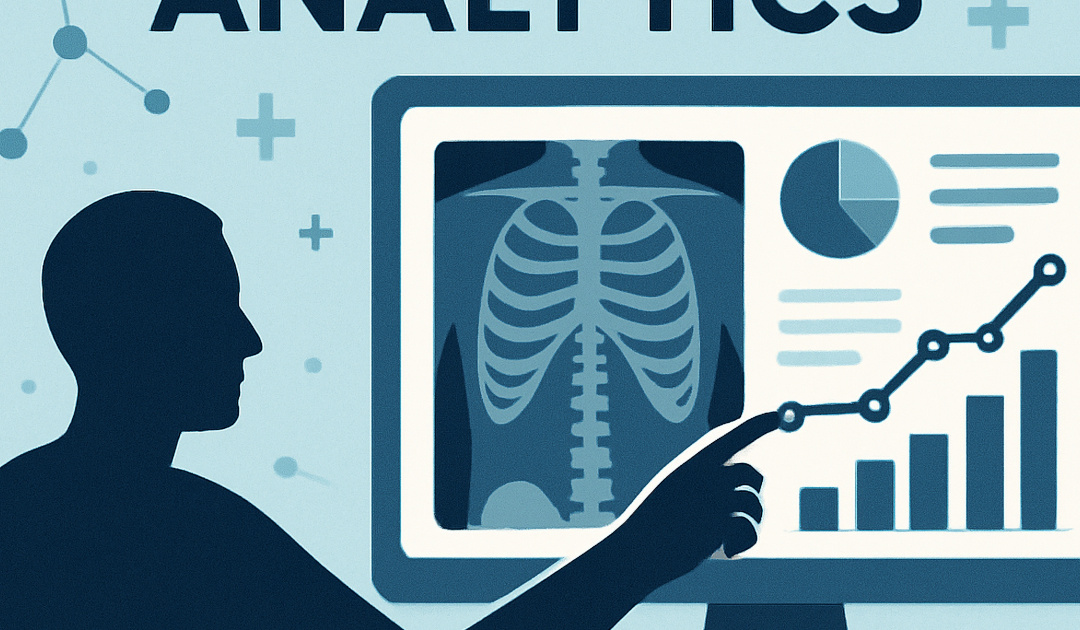Understanding and improving the medical imaging enterprise is a challenge — one constrained by the complexities of managing siloed and disparate data environments.
Enterprise IT solutions don’t always provide the self-service tools and actionable insights needed to improve workflows. And most EHRs don’t offer these capabilities because their analytics do not always integrate with PACS, RIS, and other systems.
Clearly, healthcare is facing a data challenge.
You can’t manage what you can’t measure. The key is to develop a broad-reaching model to better use the data that you have, so you can run your businesses better and keep teams feeling inspired and engaged.
The Pain Points of Disparate Data Management
The healthcare industry spends billions of dollars on data analytics and data platforms. Yet healthcare leaders, providers, and front-line staff still say:
- There’s not enough data.
- The data we have isn’t right.
- Despite our systems and reports, it takes too long to get answers, and we still have questions.
Managers, physicians, and staff are hamstrung by incomplete reports, bad data, spreadsheet overload, margin pressures, patient satisfaction scores, and the ongoing feeling that the data they do have isn’t showing the degree to which they’ve actually worked.
How did we get here?
The healthcare industry has invested in components for gathering and aggregating data. But these tools are IT-centric, and the people expected to use them and make sense of the information provided are not necessarily tech-trained.
Information and Insights Should be On-Demand and Interactive
Some CIOs, technology officers, and health informatics professionals say it’s inefficient to get information into the hands of end-users. But end-users need on-demand access to information and insights they can trust.
Here’s why:
When we share information broadly, it not only serves to educate, but it also inspires people to work at their peak performance.

Take staffing, for example. If you’ve ever had to figure out the next few months of staffing, you know you need a clear picture of incoming capacity by case type (routine vs. stat). You also need a view of your physician and technologist staffing. Bringing these two data sources together in an easy and interactive display helps you plan staffing better.

But you can take this a step further by sharing staffing performance metrics and calling out points where outliers skew averages. Sharing this data broadly — with radiologists, techs, supervisors, and unions — inspires and engages the entire team to address outliers, so they perform at their very best.
Using the RICE Model to Broaden a Data Solution for Your Business
If you’re searching for a radiology business operations platform — one that connects disparate systems, aggregates data for real-time insights, and can be shared broadly across your team — consider using the RICE scoring model as a guide.
Reach: Giving data to a large user base can be inspiring and engaging. But before democratizing data, be sure to consider how you’ll handle data governance, privacy, auditing, and personalization.
Impact: A business operations platform can powerfully impact leaders and staff. Engaging a large number of users gives them access to numbers and instills trust in the data.
Confidence of Adoption: Leadership engagement and support will improve the confidence of adoption for your business operations platform. Their participation will also help you introduce your platform as part of onboarding and continued training.
Effort/Ease: Finding a solution that allows you to scale to a large number of users with ease is critical for avoiding frustration.
Get — and Give — a Complete View of your Business
If you’re considering a platform approach for your radiology operations, be sure you’re getting — and giving to your broader team — a complete view of your business. Remove the data silos and engage your entire organization with useful information they can use to act daily to improve your business.
Want to Learn More? Contact Us.



Recent Comments